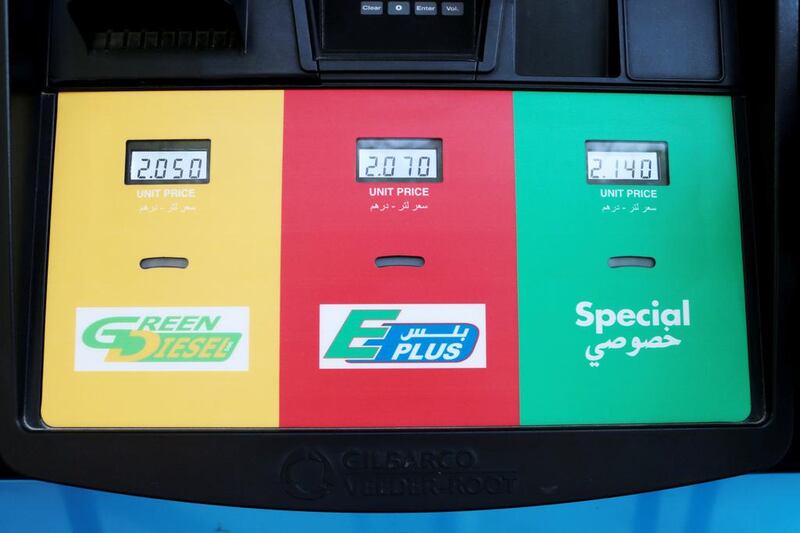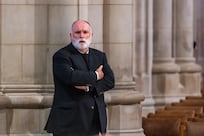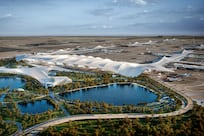With the UAE’s petrol costs among the lowest in the world, drivers have never had to worry about cost-saving measures in their gas-guzzling cars.
But with the axing of fuel subsidies, it is time to know how to lower the petrol bill.
Following the tips below could save you a third of your fuel cost.
Maintain your car (3 per cent savings)
• If your tyre pressure is too low, you are increasing drag and using more fuel. Inflate to the highest pressure recommended by the manufacturer (normally to be found on a sticker on the well of the driver's door). Check your tyres once a fortnight.
• Get your car serviced at the recommended intervals to keep the engine efficient. A dirty air filter could increase your fuel cost by 13 per cent, while a faulty oxygen sensor might be costing you 40 per cent more in fuel, according to the US department of energy.
While driving (15 to 20 per cent savings)
• Patient drivers pay less. Plan ahead, keep a good distance from the car in front and accelerate smoothly – then you will not have to stamp on the brakes.
• If you drive an automatic car, your car is choosing when to change gear. You can still give it a hand by not pressing as hard on the accelerator and keeping fuel flow to a minimum, and easing back slightly when the car has gathered momentum.
• Avoid power or sport options on your automatic, which drop the car into a lower gear and use more fuel.
• Car-pooling with a colleague effectively doubles your fuel economy on your commute.
• Drive at a slower, steadier speed, say 30 kph, on a road with speed bumps.
• If you see traffic in the distance, before rushing to brake, take your foot off the accelerator and, while it is safe to do so, let the car slow naturally by itself.
• Stick to the speed limit. Fuel consumption increases significantly over 90 kph, and at 110 kph your car uses up to 25 per cent more fuel than at 90 kph, according to Australia's department of the environment. Using cruise control on highways saves fuel.
• Your car may have an automatic stop-start system, which saves fuel. Otherwise, if you are stuck in traffic for a significant amount of time, it may be worth turning the engine off – but probably not if you have the air conditioning and/or your lights on.
• According to the UK's automotive breakdown company RAC, these tips can result in fuel savings of 15 to 20 per cent for the average driver.
Air conditioning (10 per cent savings)
• During summer in the UAE, air conditioning is necessary. But at low speeds, it is thought to be more efficient to drive with the windows down and the air conditioning off. In stop-start traffic, your air conditioner could add 10 per cent to your fuel bill – so turn it off in cooler weather.
• Definitely stop that UAE classic of leaving the car outside, engine running and air conditioning on, while you pop into the shop.
• When driving above 80 kph, air conditioning and closed windows are more efficient. If it is hotter in your car than out, drive with the windows down for a few minutes to help cool the car before starting the air conditioner.
Filling up (1 to 2 per cent savings)
• Only filling your fuel tank half to three-quarters full means less weight and makes your car run more efficiently. You save 1 to 2 per cent for every 50kg less that you carry. A full tank weighs perhaps 40kg.
• Plan when you arrive at the pump. Idling in a long queue wastes petrol. Go at quieter times late at night or after the morning rush hour.
business@thenational.ae
Follow The National's Business section on Twitter





